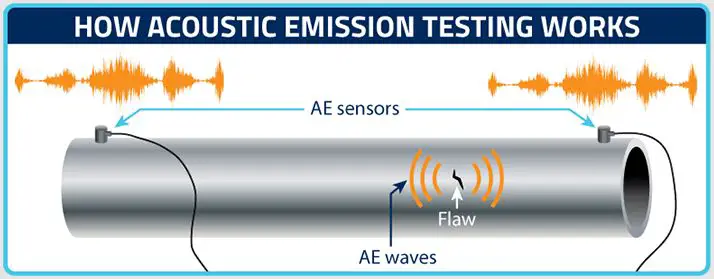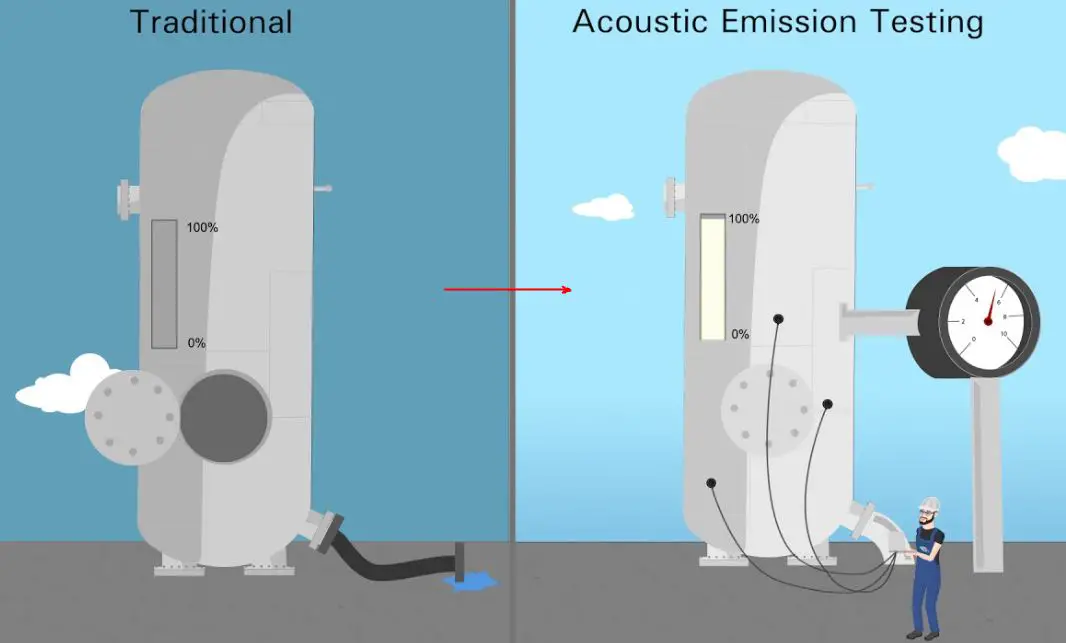You may be wondering how to identify a defective material. There are some key factors you should look for.
You may want to consider:
- The location of the defect,
- Its classification, and
- The acoustic emission (AE) of the material.
If the defect is located on a component or system, you can use acoustic emission testing to detect the defect.
Also read: “A Guide to Culvert Pipe Installation.”
Defective Material Testing
Acoustic Emission Testing
Acoustic emission (AE) testing is a nondestructive technique for identifying defects in materials. It can detect fracture and fatigue behaviors. It can also be performed on structures while they are in operation.

Benefits of Acoustic Emission to Identify Different Types of Defects
Acoustic emission is an extremely sensitive method used to detect defects in materials. It can detect cracks of different sizes and shapes, and it can also detect corrosion products and other defects. Moreover, it has high sensitivity, making it ideal for use in remote locations. In addition, it can detect leaks.
AE has two basic methods, called linear and planar, which differ in a few aspects. The former technique requires a single sensor while the latter requires several sensors in a nonlinear array. The former uses the difference in arrival time between the signals stimulated by the same wave. The latter method requires the use of multiple sensors and statistical grouping methods.
Acoustic Emission (AE) analysis provides real-time information on damage processes. It requires a detailed knowledge of the characteristics of wave radiation and the way waves propagate within a structure. Acoustic emission analysis also involves post-test analysis of stored data, which improves source location and source discrimination. This technique can also be used for detecting noises from different sources.
The AE signal’s amplitude can be expressed in different units, but most often, it is expressed in attoJoules. The data from AE measurements can be combined with external test parameters to generate more comprehensive results.

